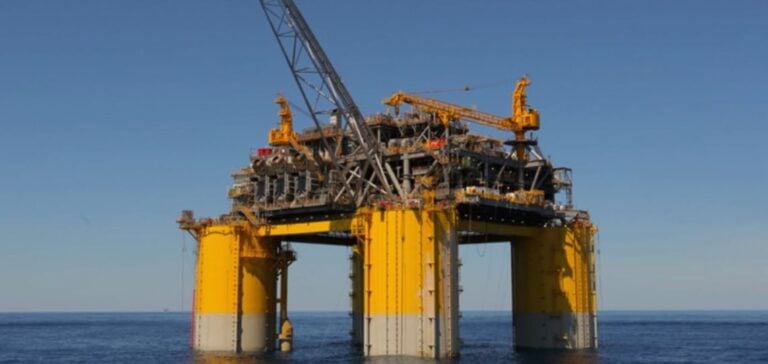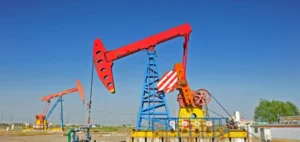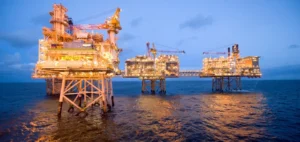CNOOC Limited has announced the signing of a Stock Purchase Agreement (SPA) between its U.S.-based subsidiary, CNOOC Energy Holdings U.S.A. Inc., and a subsidiary of INEOS Energy. This transaction involves the sale of CNOOC’s interests in oil and gas projects located in the Gulf of Mexico. The assets include non-operating stakes in the Appomattox and Stampede fields, two major offshore production sites.
According to Mr. Liu Yongjie, Chairman of CNOOC International Ltd., this sale is part of a strategic effort to optimize the company’s global asset portfolio. The transaction reflects the company’s priorities to align its investments with market trends and long-term profitability goals.
A Strategic Repositioning for CNOOC
CNOOC Limited, a global player in oil and gas exploration and production, is focusing on streamlining its assets. With this divestment, the company continues its optimization strategy, prioritizing projects with the best growth and return prospects.
The Appomattox and Stampede fields, while significant for U.S. energy production, were not deemed strategic assets for CNOOC’s future. This repositioning aligns with a broader industry trend, where companies adjust their portfolios to meet market changes and energy transition requirements.
Partnership with INEOS Energy
INEOS Energy, a subsidiary of the British conglomerate INEOS, is pursuing an expansion strategy in the oil and gas sector by acquiring key assets worldwide. This transaction will allow INEOS to expand its presence in North America while strengthening its portfolio of offshore energy assets.
The transfer process will be overseen by both companies to ensure a smooth transition. The SPA will take effect once regulatory approvals are obtained and agreement terms are satisfied.






















